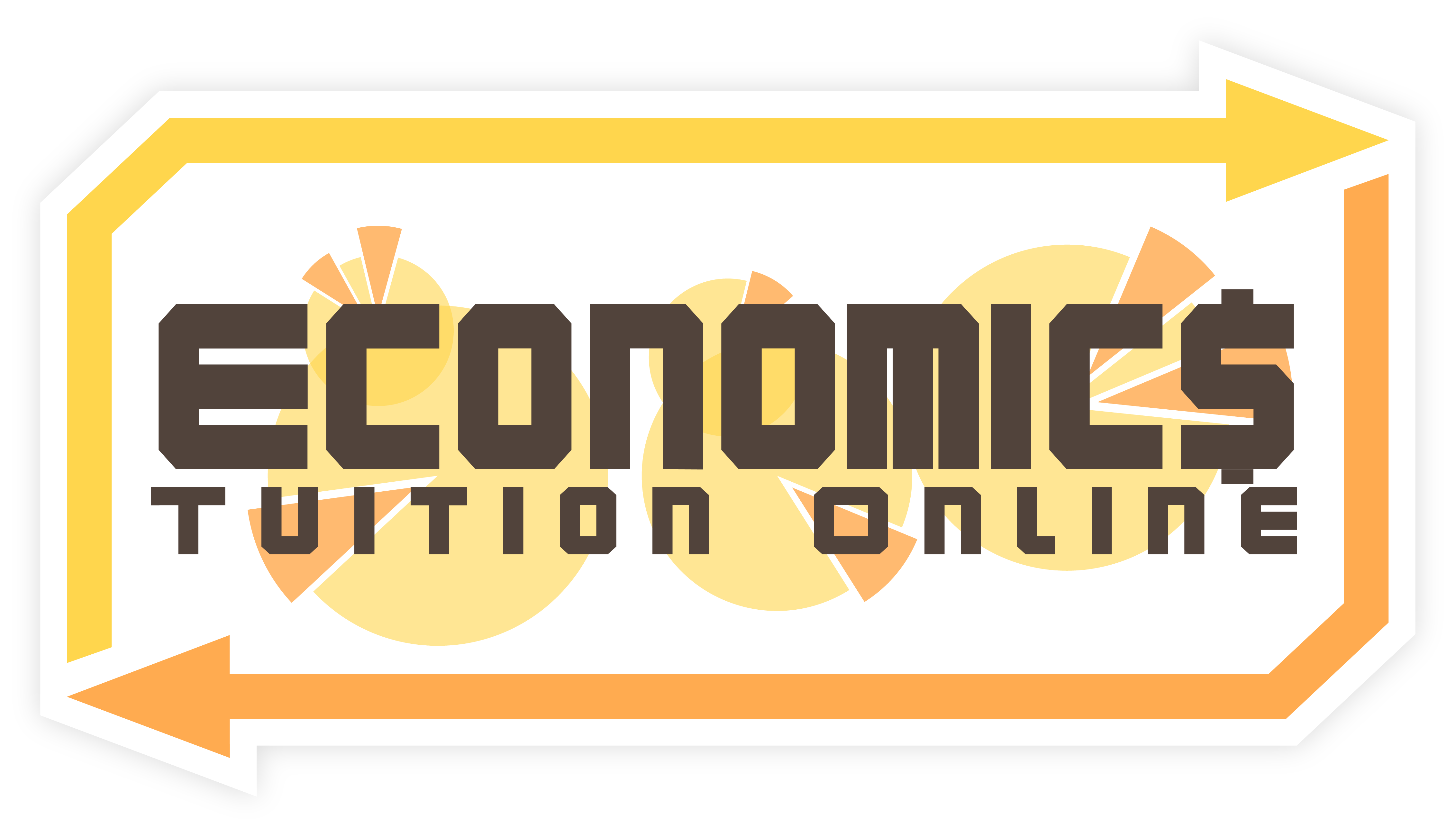Imperfect Market Structure
In the second half of this segment, examine three other market structures, particularly monopoly, oligopoly and monopolistic competition prepared by our JC Economics Tutor Simon Ng from Economicsfocus. For oligopolisitc competition, it is important to distinguish between collusive and non-collusive markets based on the analysis of real-world examples, like the smartphones industry and oil cartels, like the OPEC.


